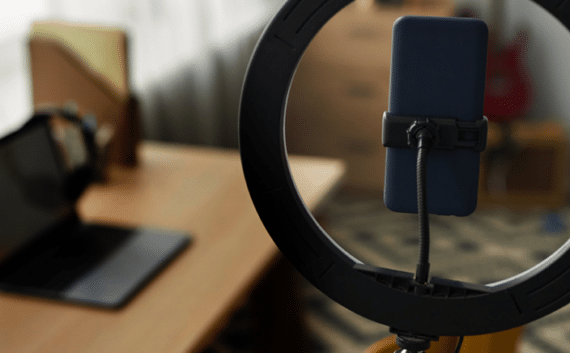
Apple has announced that they're introducing Mail Privacy Protection in their upcoming iOS 15 release, set to launch sometime between September - November 2021.
According to Apple, “Mail Privacy Protection stops senders from using invisible pixels to collect information about the user. The new feature helps users prevent senders from knowing when they open an email, and masks their IP address so it can’t be linked to other online activity or used to determine their location.”
These changes shouldn’t be alarming as they are consistent with broad trends in email marketing, including GDPR, Gmail Image Proxying, and Open Pixel Filtering.
Campaign Monitor recently held a webinar summarising the impacts of this update and how marketers can navigate an evolving privacy environment for email marketing. You can watch the recording here, but for ease, here are the key takeaways.
Who will it affect?
Apple Mail Privacy Protection will be an ‘opt-in’ feature available for users with the native iPhone Mail App. It does not affect other email apps used on Apple devices, such as Gmail or Outlook. Testing indicates it affects any email address within the app, regardless of the domain. Based on the uptake rate for the recently released app tracking transparency feature, it’s likely the majority of Apple users will opt into using these new privacy features.
How will it affect email marketing?
When a user opts-in to the privacy settings:
- All email images will be downloaded to the device, as opposed to when messages are opened. As a result, open rates and click-to-open rates will become less accurate, as emails will be considered ‘opened’. In a nutshell, open rates will artificially inflate and click-to-open rates will decrease.
- Images are loaded through a proxy, obscuring the direct IP address of the customer. Because of this, geographic targeting and segmentation based on the users IP detection will become less reliable as the email service provider no longer has access to this data.
- The same proxy obscures the device/browser “user-agent” from being exposed, meaning it will be difficult to determine what device the email was opened on (i.e. phone, tablet, desktop).
Where do we go from here?
Go beyond open rates
Open and click throughs are ‘vanity metrics’ and shouldn’t be solely relied upon as the success metrics. They were, and remain proxies to larger success metrics such as revenue, time on site, conversions, referrals, etc. Transition campaign reporting away from click-to-open rates and display the overall click rate as this is now the more accurate metric.
Shift towards implicit attribution
Take credit for consumer activities beyond page views and purchases over a lengthier time period e.g. If a user buys 7 days after receiving a post purchase follow up email, take credit for it. Or, if a user attends a webinar, attribute it back to the latest mass newsletter send.
Ask for data, don’t just infer
First-party location data will become more valuable – start thinking about how you can collect relevant first-party
data from your subscribers like their location and time zone. Ensure any available data in your Customer Relationship Management (CRM) and Customer Data Platform (CDP) is pulled in and available in your email service provider.
Adjust how you measure subscriber engagement
With open rates becoming less reliable, focus on the metrics that are, such as click rate and delivery rate.
Avoid using ‘opens’ to segment subscribers based on recent campaign engagement
It’s no longer guaranteed that a user ‘has’ or ‘has not’ opened an email. Instead of opens, use click rates over a longer range of time to create segments. Review existing automations to see where ‘opens’ have been used and adjust your rules where required.
Don’t rely on ‘Time Zone Sending’ or inferred location
Instead of relying on time zone sending tools that uses the IP address, consider segmenting subscribers and sending emails based on first-party location data.
Some FAQs
How will this impact A/B testing?
For more accurate A/B tests, look at the total unique clicks or total clicks over open rates. Don’t discount subject line tests as you’ll still get an even distribution of uses on Apple and other devices – any subject line tests will still give you insights.
Will this interrupt my click tracking?
Clicks will still be tracked as they happen. Campaign Monitor testing shows no indication that Apple will fetch links in advance of a user clicking or opening an email
Will this affect my use of on-site analytics or tracking?
Industry research and Campaign Monitor testing shows no indication of ‘query-string parameters’ being removed from URLs
Can I segment out my Apple users to have a more accurate view of my Open Rate?
Long term, this isn’t advisable as it will not be easy to identify which new subscribers are using an Apple device
Need help with email marketing? NOUS can help. Get in touch at [email protected] or call us on 07 3003 0722.





